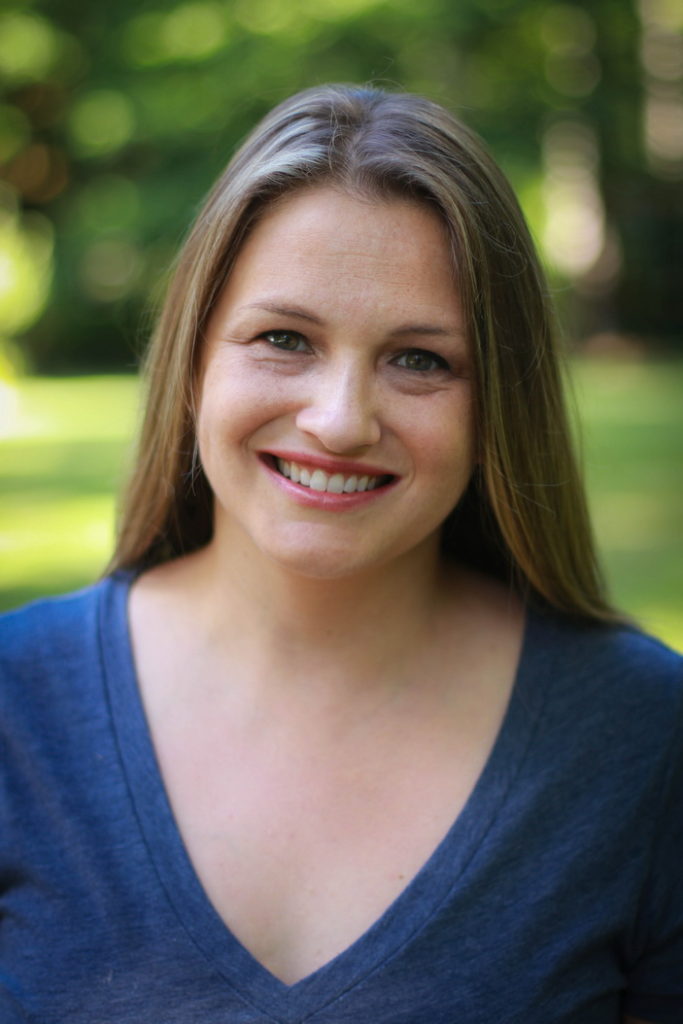January 2021
Editor’s Note
“This is a day to remember, frankly, in a year to forget.” — British Health Secretary Hancock, announcing approval of Pfizer’s coronavirus vaccine.
Hancock was half-right.
We have, with one second ticking to midnight, put 2020 behind us. But we will not forget. Like any grief, we carry 2020 forward, to reckon with, to peel apart. To name.
In my October editor’s note, I asked why we should make art now, in this time of anxiety and hardship. As one answer, I talked about the artist’s drive to document catastrophe. Now I turn to January, and our fifth issue, mulling all that art can do.
2020 is over. The end of the beginning. For most of us—medical professionals, first responders, politicians, scientists, essential workers, historians, economists, teachers, parents, students, loved ones of the sick and dead—the reckoning has started. For artists, too.
Our January authors grapple with aftermath. Zebulon Huset sketches the inevitability of loss. Sarah Twombly portrays what happens to a woman when her unseen and unbearable load finally takes its toll. And Heather Diamond traces adult choices to a girlhood game that forces children to peer into an uncertain future.
January’s companions also steer me into the new year. Pulses of turmoil, mistrust, fear, and loss accompany Zebulon and Sarah’s pieces, while Heather’s friend, artist Sandra York, conveys a hopeful step toward something new. And ice skater Tiina Pakkenan, in the most moving short film I’ve ever seen, shows us that sometimes, what nature and the human body create together is wondrous.
Why make art now? Art asks big questions, captures human experience in disasters global and local, brings solace and joy, and more. It will do all of these things, always.
Informed by our individual and collective memory of the year that was, we are poised to tell the story. A decade, a generation, a lifetime of art is about to unfold.
Suzanne Farrell Smith
